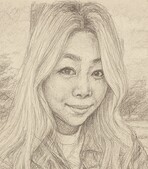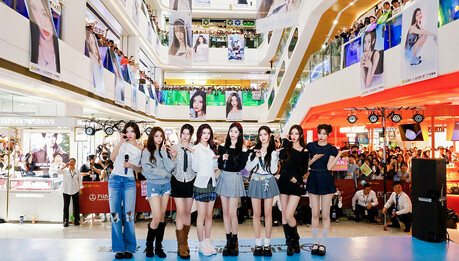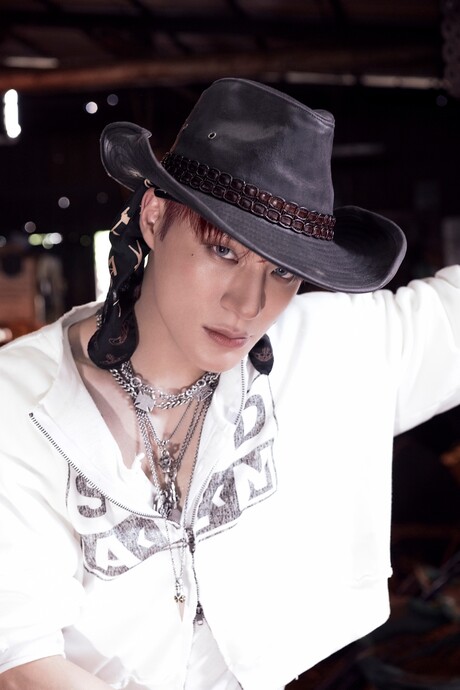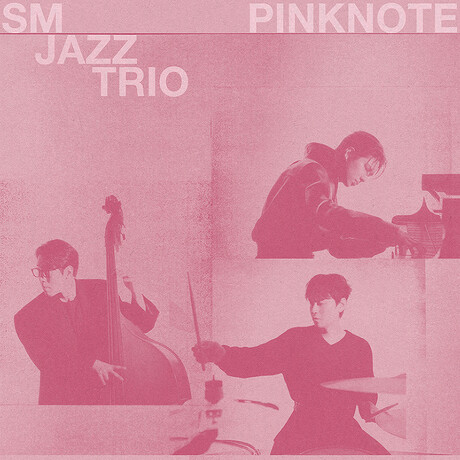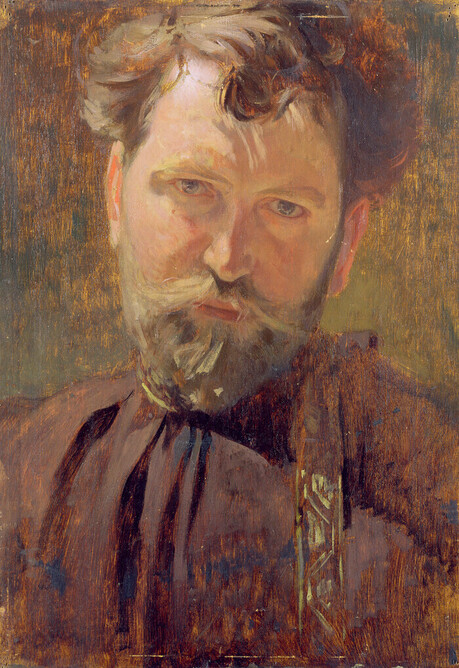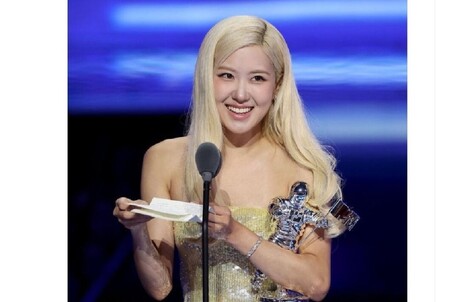The Photography Seoul Museum of Art (Photo SeMA) is turning its attention inward this season, presenting an ambitious exhibition that draws exclusively from its own holdings to reconsider how photography helped shape the course of Korean contemporary art. Opening Wednesday and running through March 1, “All that Photography” brings together nearly 200 photographic and photo-based works, accompanied by about 100 archival materials created between the early 1960s and the 2010s by 36 Korean artists.
Rather than beginning with the well-known avant-garde boom of the 1970s, the exhibition starts even earlier, tracing how Korean artists first began to push the boundaries of photographic practice. One early example appears in Lee Seung-taek’s 1962 photomontage “Hanging Bowl,” where a photographed clay vessel hovers above a landscape — an image that blurs documentation and imagination and foreshadows the experimental turn Korean art would soon take.
As viewers progress through the exhibition’s four galleries, organized chronologically, Photo SeMA reveals how photography gradually became a critical engine for artistic inquiry. Photogravure, serigraphy, montage, staged photography, and photo essays all appear, reflecting the wide range of methods artists used to respond to their time.
While dansaekhwa, or conceptual monochrome painting, defined one major stream of Korean modernism, curators argue that photography catalyzed an equally radical transformation. “Artists were confronting political realities and searching for new ways to speak,” said curator Han Hee-jean. “Photography became both a visual strategy and a tool of resistance.”
This dual nature of photography — as expressive medium and political instrument — comes into sharp focus in several rarely seen works. Among them is Chung Dong-suk’s six-frame gelatin silver print series “At Seoul” (1982), which is being publicly exhibited for the first time. In the photographs, government propaganda billboards installed around Gwanghwamun appear curiously blank, their empty spaces suggesting both erased messages and the enforced silence of the era. A passing police officer in one frame, near a board labeled “South Jeolla,” evokes the lingering trauma of the May 18 Gwangju Democratic Uprising.
The series had originally been prepared for a 1983 exhibition but was blocked by state censorship — a reminder of how photography often operated under political pressure.
Newspapers also serve as a pivotal reference point throughout the show. Many of the featured artists sampled and reinterpreted mass media to expose distortions in public information. Kim Geon-hee’s “Eol-deol-deol-deol” (1980) overlays the image of a smiling woman from an ice-cream advertisement atop a report about the fabricated trial of pro-democracy leader Kim Dae-jung. The layered composition, along with the repeated onomatopoeia mimicking trembling, captures the climate of fear and numbness under authoritarian rule.
Photo SeMA General Director Choi Eun-ju emphasized that these varied experiments collectively shaped the foundation of Korean contemporary art. “From the 1960s onward, artists used photography to rethink what art could do,” Choi noted during a press preview. “Their visual languages — innovative, political, and deeply rooted in lived reality — continue to influence research and exhibitions today.”
With its vast survey of half a century of photographic practices, “All that Photography” positions the medium not only as a key driver of aesthetic change but also as a vital record of Korea’s sociopolitical history. The museum plans to continue expanding this line of research, underscoring photography’s enduring relevance in understanding modern Korean art.
SayArt.net
Joy nunimbos@gmail.com














